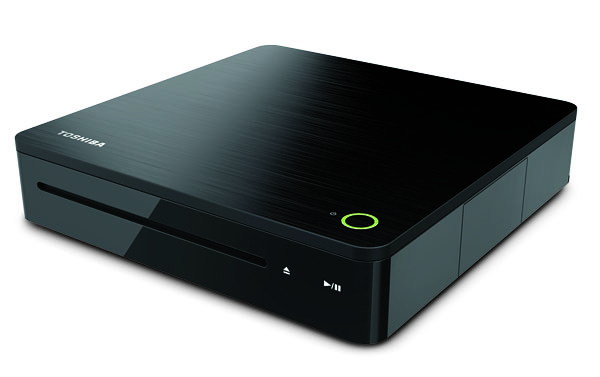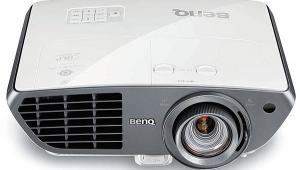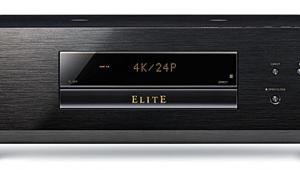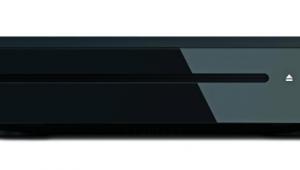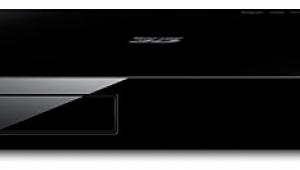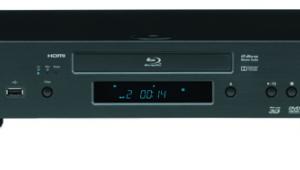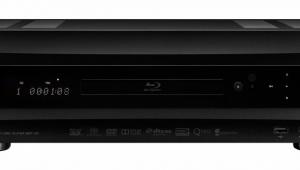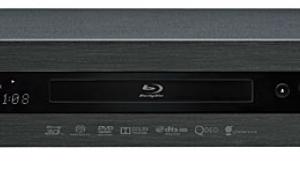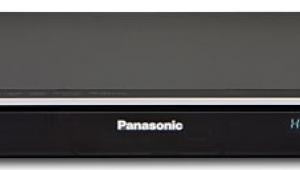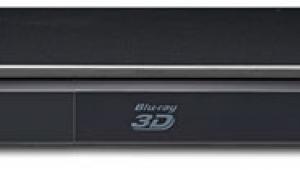Toshiba Symbio BDX6400 3D Blu-ray Player Page 2
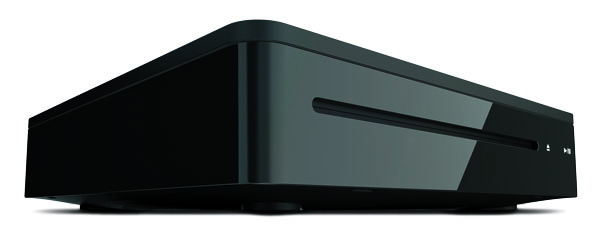
4K Upconversion
Upconverting SD and standard HD sources to 4K (3840 x 2160) is necessary in any Ultra HDTV in order to fill the screen. All 4K sets therefore must have their own built-in 4K upconversion; the only reason to use an outboard solution is the possibility of improved performance.
Upconversion to 4K on a 4K set can look exceptional if well done, but the added pixels cannot produce a true Ultra HD image. Those pixels can reduce the visibility of the pixel structure. This can smooth the picture and reduce jagged edges, particularly in curved lines. But the added pixels include no new, real detail. And the differences between an upconverted 2K source on a 4K set and the same source on an equally good, standard 1080p HD set may not be visible if the screen is too small or you sit too far away.
The Toshiba player’s 4K upconversion technology is sourced from Marseille Networks. Marseille has partnered with Technicolor, which provides the technology under license (along with the cache of the Technicolor name) to hardware manufacturers.
4K upconversion is selected in the player’s Video Settings menu, where it’s labeled 4K2K. Two controls in the player’s Picture menu are also significant in its 4K upconversion: UDE: Detail Enhancement and UDE: Edge Restoration. These controls both offer three settings—minimum, middle, and maximum. They also function with lower-resolution material, but our concern here is using them together with 4K upconversion.
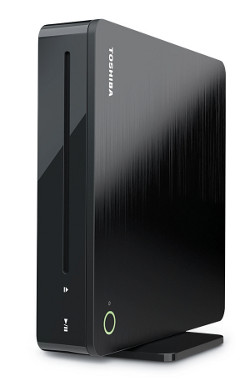 I compared the Toshiba’s 4K upconversion with the 4K upconversion available in the Oppo BD-103 Blu-ray player, with each player connected to a different (but identically configured) input on the Samsung display. This had the unavoidable disadvantage of HDMI’s traditional lag when switching inputs, which could have been overcome only with two identical Ultra HDTVs, which we didn’t have. Nevertheless, after a few minutes’ viewing, it was clear that the Toshiba’s picture was subtly but noticeably crisper. But the Toshiba’s upconversion also added white line edge enhancement, even with the two controls mentioned above set to their minimums and the Samsung’s own Sharpness control set to 0. This certainly contributed to the crisper image—though it didn’t look unnaturally sharp.
I compared the Toshiba’s 4K upconversion with the 4K upconversion available in the Oppo BD-103 Blu-ray player, with each player connected to a different (but identically configured) input on the Samsung display. This had the unavoidable disadvantage of HDMI’s traditional lag when switching inputs, which could have been overcome only with two identical Ultra HDTVs, which we didn’t have. Nevertheless, after a few minutes’ viewing, it was clear that the Toshiba’s picture was subtly but noticeably crisper. But the Toshiba’s upconversion also added white line edge enhancement, even with the two controls mentioned above set to their minimums and the Samsung’s own Sharpness control set to 0. This certainly contributed to the crisper image—though it didn’t look unnaturally sharp.
Interestingly, the white lines from the Toshiba were arguably less visible with the Edge Restoration control set to its middle setting rather than at minimum. In either setting, the white enhancement lines were clearly visible only on a Sharpness pattern when viewed mere inches from the screen. (Any higher setting of Edge Restoration, or any setting of Detail Enhancement beyond minimum, produced excessive enhancement.)
Further viewing from a distance of about 5 feet confirmed the subtly sharper look from the Toshiba. Technically, it’s hard to argue against the Oppo being more technically correct. But the effect of the Toshiba’s slight added enhancement on real program material didn’t look wrong. Obviously some enhancement must be done when upconverting standard HD material if it is to approach the look (though artificially) of true 4K. Otherwise, it’s simply being scaled up to fill the screen.
The Samsung’s own 4K upconversion wasn’t noticeably different from that of either player, and by no means inferior. I wouldn’t purchase the Toshiba just for its 4K upconversion feature, unless I owned a marginally competent 4K set with poor internal 4K upconversion. But the Toshiba does a good job at this, and some may even prefer its illusion of added detail to the more prosaic 4K upconversion in the Oppo. I know I did, though the video purist in my head kept pleading, “Come back, come back.”
Conclusions
The BDX6400’s limitations won’t be a concern to most potential buyers. The slight edge enhancement that can’t be completely dialed out, for example, may even be a plus for some. Others, accustomed to cheap players, may, unfairly, find its physical size inconsistent with its price (though it’s widely available for substantially less than its MSRP). The form factor is odd but may appeal to those attracted to computer styling or with limited space. It may not be the optimum tool for streaming from at least some Internet sites, but as tool to access most movie sites, and for playing back movie and music discs, it’s a solid performer.
